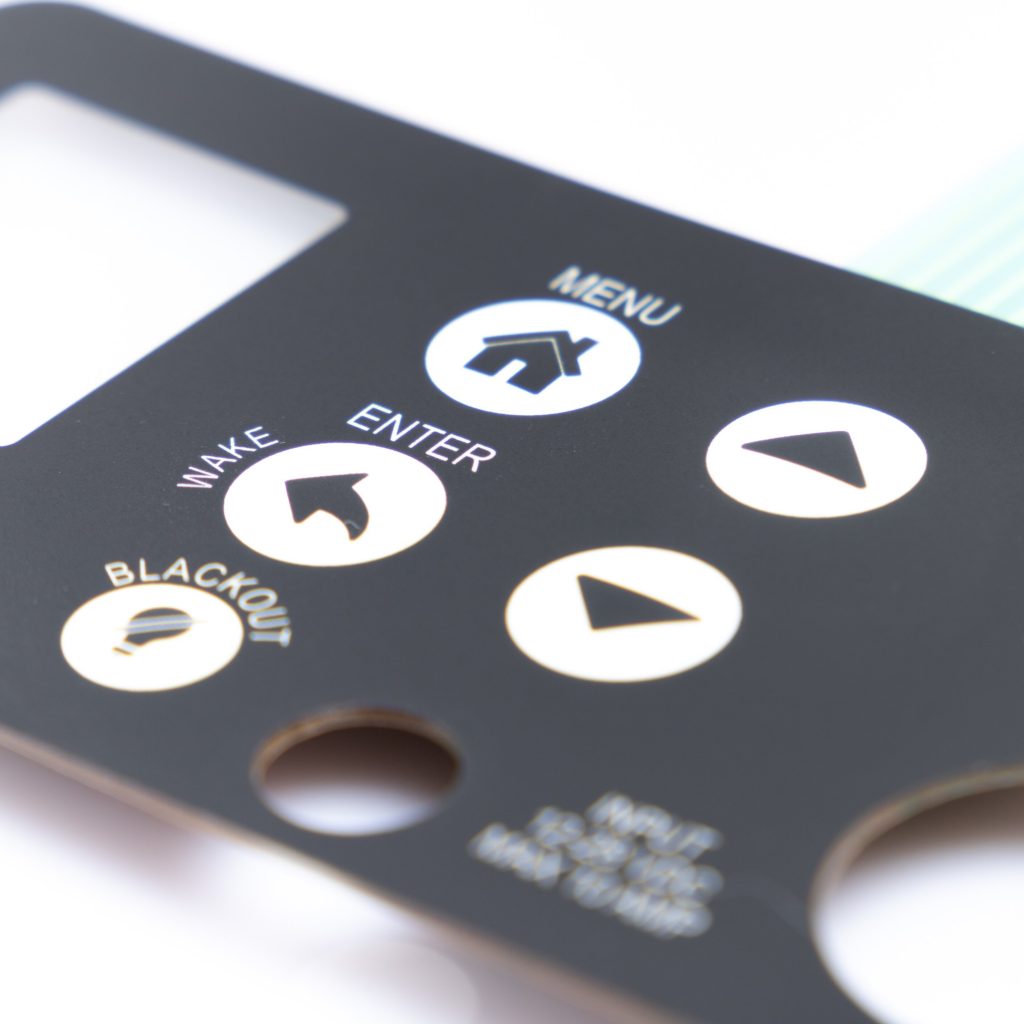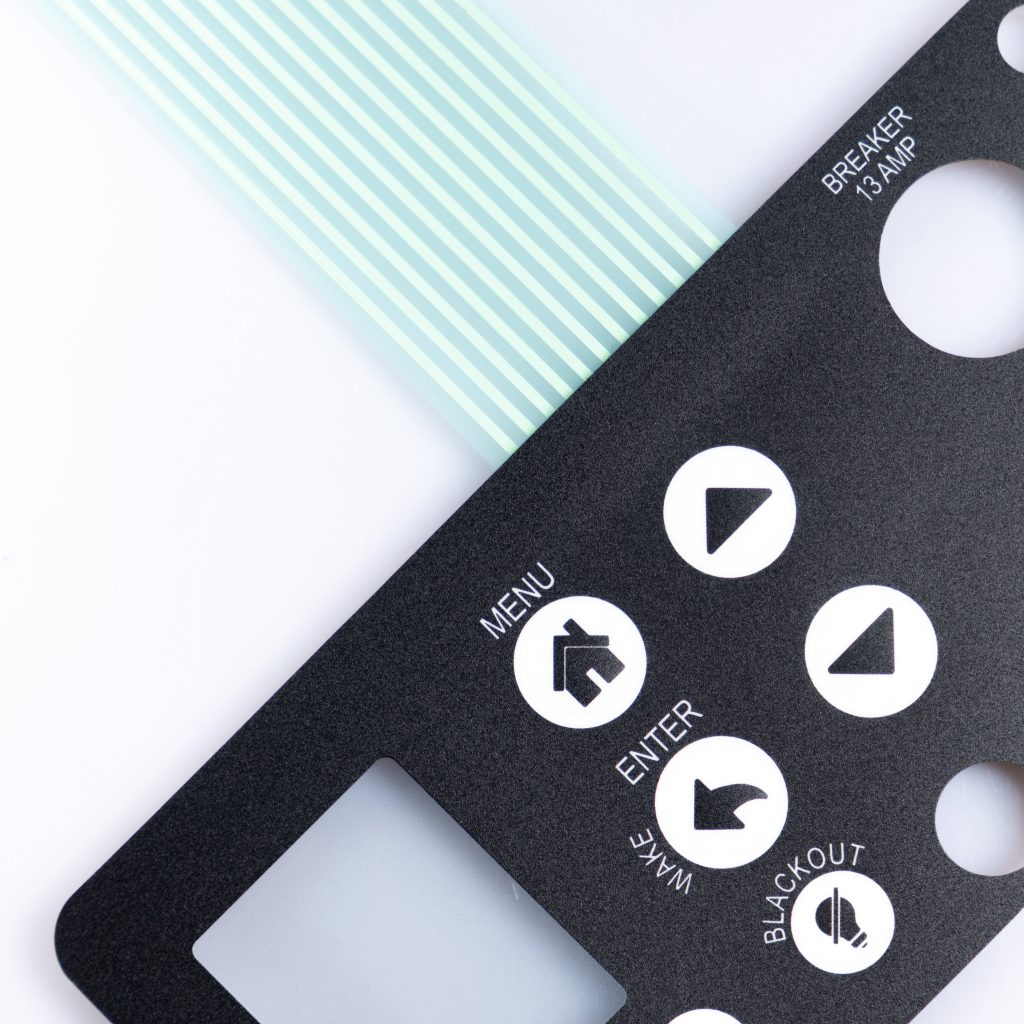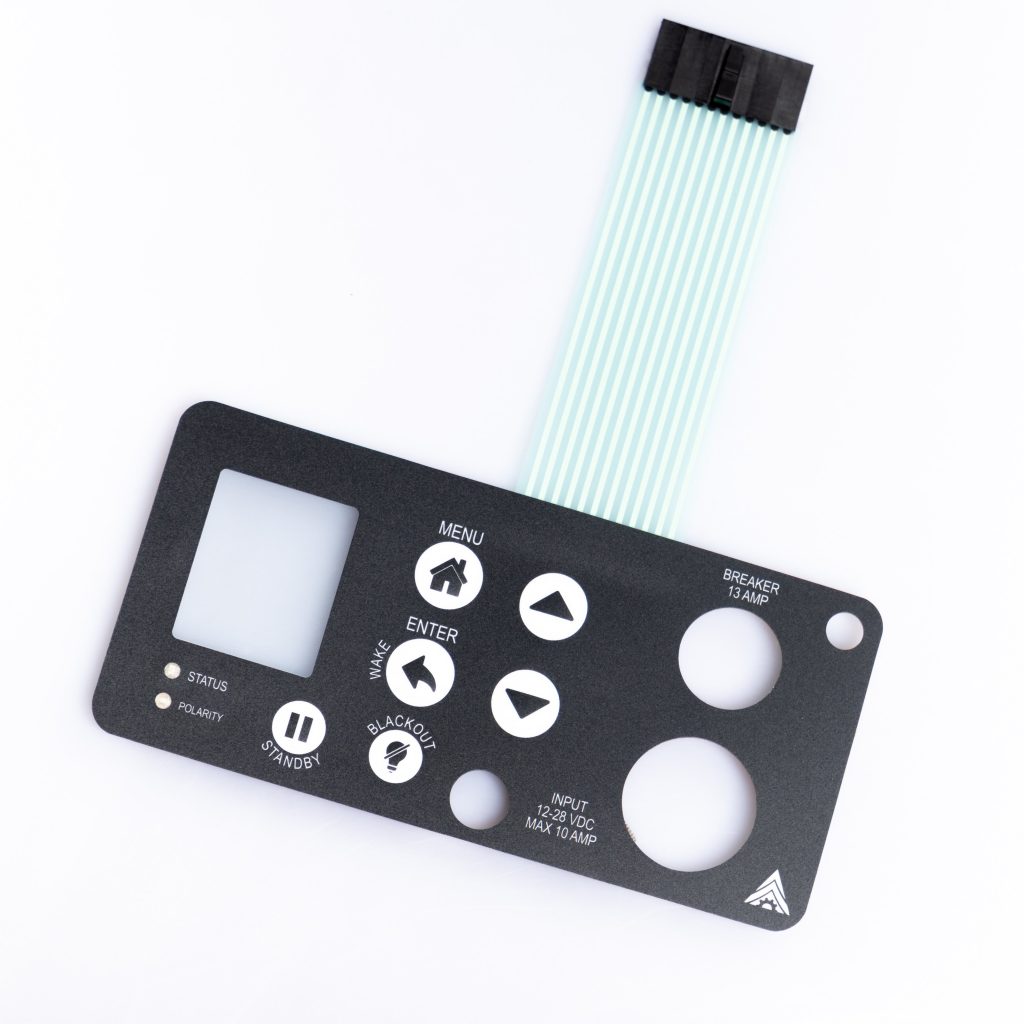Contact
Write to Us And We Would Be Happy to Advise You.
Do you have any questions, or would you like to speak directly with a representative?
By hqt
In the world of technology, where sleek and user-friendly devices dominate the market, the rear adhesive layer of a membrane switch plays a vital yet often overlooked role. Membrane switches are the interface of choice for countless electronic devices, from microwave ovens to medical equipment and aerospace instruments. Understanding the various options available for the rear adhesive layer of a membrane switch is crucial for manufacturers aiming to create durable and reliable products. In this article, we’ll delve into the world of membrane switches, exploring the different adhesive options, their applications, and the factors that influence the selection process.



Membrane switches are thin, flexible electronic interfaces used to communicate commands and functions to electronic devices. They consist of multiple layers, including graphic overlays, circuit layers, and adhesive layers. The rear adhesive layer, positioned on the bottommost layer, is what attaches the membrane switch securely to the device’s surface.
The rear adhesive layer in a membrane switch serves several critical functions:
The primary role of the adhesive layer is to securely bond the membrane switch to the device’s surface. This ensures durability and long-lasting performance, even in harsh environments.
The adhesive layer also acts as a barrier, protecting the internal components of the switch from environmental factors such as moisture, dust, and chemicals.
In some applications, the choice of adhesive can influence the tactile feedback experienced by the user when pressing the membrane switch. This is especially important in applications where user experience is paramount.
Now, let’s explore the various options available for the rear adhesive layer of a membrane switch:
Pressure-sensitive adhesive is one of the most common choices for membrane switches. It offers ease of application, good bond strength, and versatility in terms of surface compatibility. PSA is often preferred for applications where cost-effectiveness is a priority.
Acrylic adhesive provides excellent durability and resistance to environmental factors. It is a popular choice for applications that require long-term reliability, such as medical devices and industrial equipment.
Silicone adhesive is known for its ability to maintain flexibility over a wide temperature range. It is ideal for applications exposed to extreme temperatures, making it suitable for automotive and aerospace applications.
UV-cured adhesive offers rapid bonding and curing, making it a preferred choice for high-speed manufacturing processes. It provides a strong bond and is commonly used in consumer electronics.
When choosing the rear adhesive layer for a membrane switch, several factors come into play:
Consider the environmental conditions the membrane switch will be exposed to. Is it a clean and dry indoor environment, or will it face outdoor elements, chemicals, or extreme temperatures?
Different applications have unique requirements. Medical devices may require biocompatible adhesives, while aerospace applications demand adhesives that meet stringent safety standards.
Budget constraints often play a role in adhesive selection. PSA adhesives are cost-effective, while specialized adhesives may be pricier.
The rear adhesive layer of a membrane switch may be hidden from view, but its importance in ensuring the device’s functionality and durability cannot be overstated. Manufacturers must carefully evaluate their application’s specific needs, environmental conditions, and budget constraints to make an informed decision when selecting the appropriate adhesive.
The rear adhesive layer bonds the membrane switch to the device’s surface, ensuring durability and protection.
Yes, common types include pressure-sensitive adhesive, acrylic adhesive, silicone adhesive, and UV-cured adhesive.
Silicone adhesive is known for its flexibility over a wide temperature range and is ideal for such applications.
Consider environmental conditions, application-specific requirements, and budget constraints when selecting an adhesive.
UV-cured adhesive offers rapid bonding and curing, making it suitable for fast-paced manufacturing processes.
Do you have any questions, or would you like to speak directly with a representative?